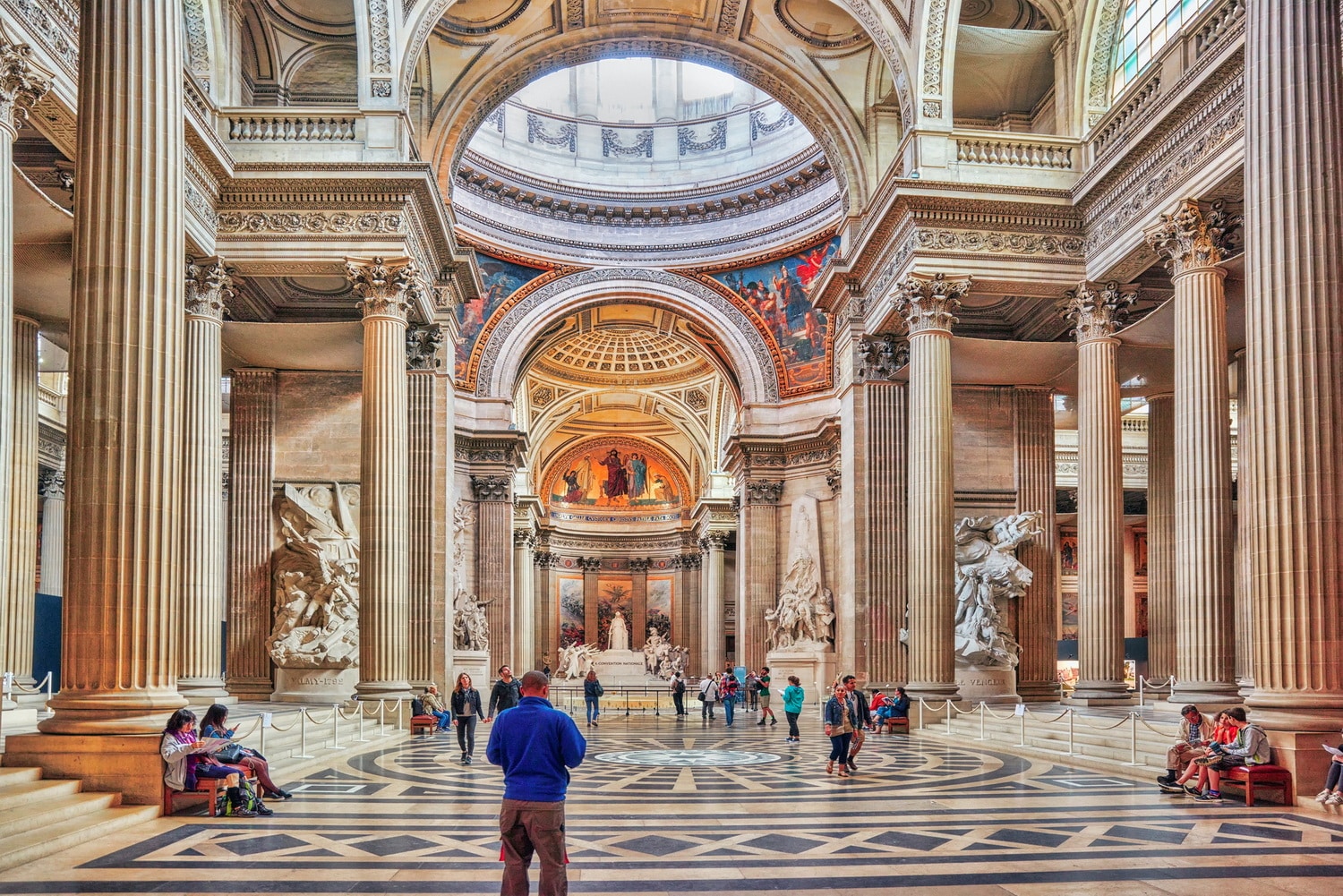Illuminate Your Artifacts: A Guide to Choosing the Perfect LED Lighting for Your Museum

Museums are unique spaces that require special considerations when it comes to lighting. Proper lighting is essential to enhance the viewing experience of visitors while also preserving the artifacts on display. LED lighting is a popular choice for museums due to its energy efficiency, longevity, and ability to showcase colours accurately if the correct LED chips are used. In this article, we will discuss the type of lighting that is best suited for museums.
Colour Temperature
The first thing to consider when choosing LED lighting for a museum is the colour temperature. The colour temperature of the lighting will impact the appearance of the exhibits. A warm colour temperature, between 2700K and 3800K, this will create a harmonious atmosphere for the users, but it must have the correct LED chip sets to ensure preservation of the artifacts.
True White
True white is a term used to describe LED lighting that accurately displays all colours in the visible spectrum without any colour distortion. This is achieved by using a combination of red, green, and blue (RGB) LEDs, which can create a wide range of colours. True white LED lighting is important for museums because it ensures that colours are displayed accurately, and there is no distortion of the artefacts true colours as seem in daylight. It is also beneficial for visitors because it reduces eye strain and provides a more enjoyable viewing experience.
Depleted Blue Chips
Depleted blue chips are LED lighting chips that have a lower blue light output than traditional LEDs. This is important for museums because blue light can cause damage to certain artifacts, such as paintings, textiles and paper. Depleted blue chips can help reduce the amount of blue light exposure that artifacts receive, which can help preserve them for longer periods. Depleted blue chips are also beneficial for visitors because they reduce the amount of blue light that enters the eye, which can help reduce eye strain and headaches.
Colour Rendering Index (CRI)
The colour rendering index (CRI) is a measure of how accurately the light source illuminates colours compared to natural light. A high CRI is important for museums because it ensures that the colours of the exhibits appear as they would under natural light. A CRI of 90 or CRI95 is recommended for museum lighting, the higher CRI the better, even 99 can be achieved at a cost.
UV and IR Radiation
Another important consideration when choosing lighting for a museum is the amount of UV and IR radiation that the lighting emits. UV and IR radiation can cause damage to delicate artifacts over time. Look for models that has a low UV and IR radiation output to minimise the risk of damage to the exhibits.
Dimming Capabilities
Dimming capabilities is crucial for museums because it allows for flexibility in the lighting levels. Dimming the lighting can help reduce glare on reflective surfaces and minimise any potential damage caused by high levels of light exposure. It also allows for different lighting levels to be used for different types of exhibits, such as low light levels for delicate objects and higher light levels for larger displays. It is a great tool for energy saving to, as when you dim an LED you save energy and carbon. Empty museum galleries can cut their lighting to 10% or even zero and only bring the lighting on instantly when users enter the area. This was not really a feasible option with incandescent bulb technology for lots of reasons.
Directional Lighting
Directional lighting is an effective way to highlight specific objects in a museum. It can be used to draw attention to certain artifacts, create contrast between objects, and create a more dynamic viewing experience for visitors. LED lighting with directional capabilities is recommended for museums as it allows for precise lighting of objects and can be adjusted as exhibits change.
Illumination From Afar or Close to?
With correct lenses being used on the LED chip set we can illuminate a display from the other side of the room allowing a clear and unencumbered view of the artifact, think of thr Venus de Milo or for very close illumination from a very asymmetric lens array over a picture to make it stand out from the wall, think of the Mona Lisa. The Mona Lisa has a 98CRI 20 watt light to display the diminutive 500 year old painting.
In conclusion, selecting the right LED lighting for a museum requires careful consideration of factors such as colour temperature, CRI, dimming capabilities, UV and IR radiation, and directional lighting. By choosing LED lighting that meets these criteria, museums can enhance the viewing experience for visitors while also preserving their artifacts for future generations to enjoy.








